Raúl de Nieves: As Far As UUU Take Me
September 11—October 20, 2019 | Company Gallery
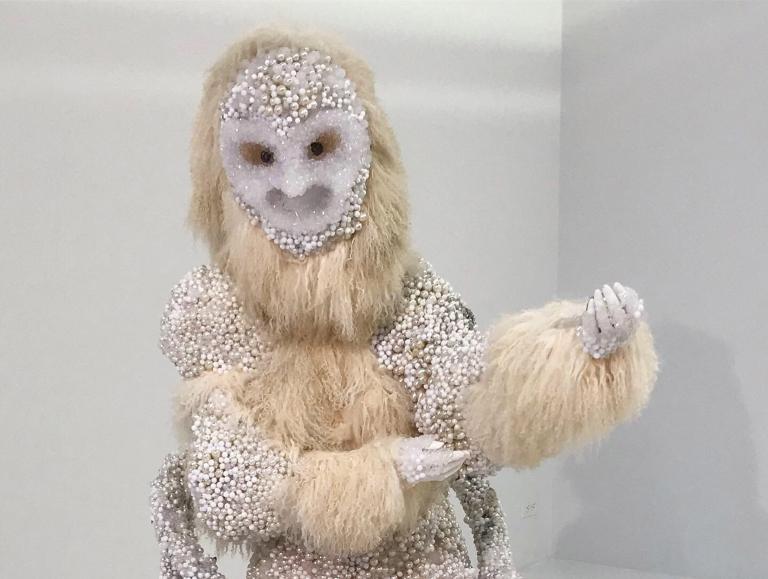
Raúl de Nieves "As Far As UUU Take Me" at Company Gallery. Photo: Evergreene Studio.
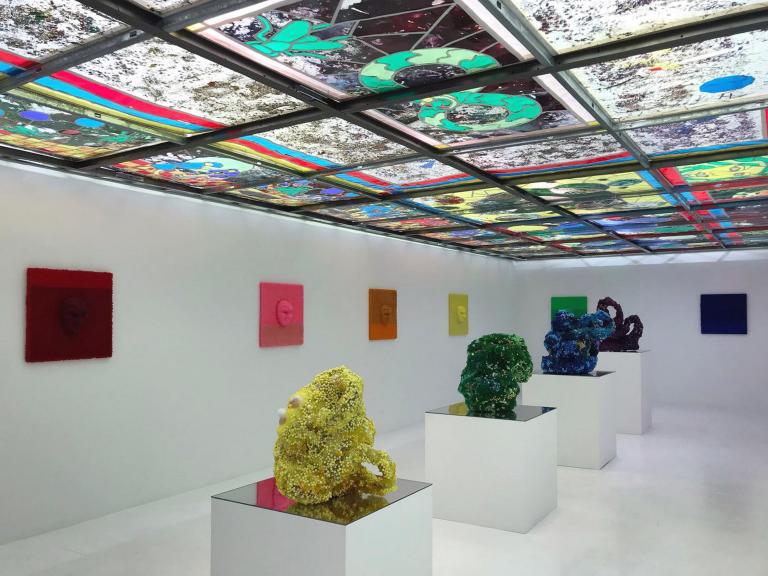
Raúl de Nieves "As Far As UUU Take Me" at Company Gallery. Photo: Evergreene Studio.

Raúl de Nieves "As Far As UUU Take Me" at Company Gallery. Photo: Evergreene Studio.
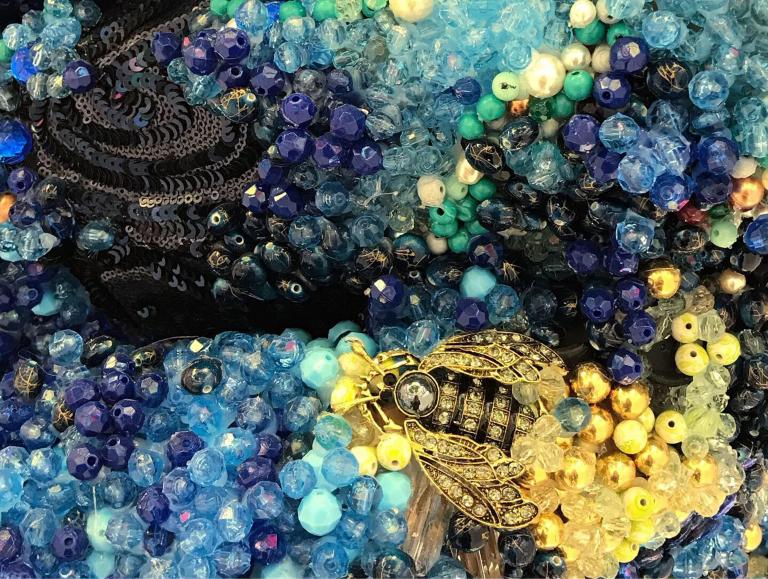
Raúl de Nieves "As Far As UUU Take Me" at Company Gallery. Photo: Evergreene Studio.
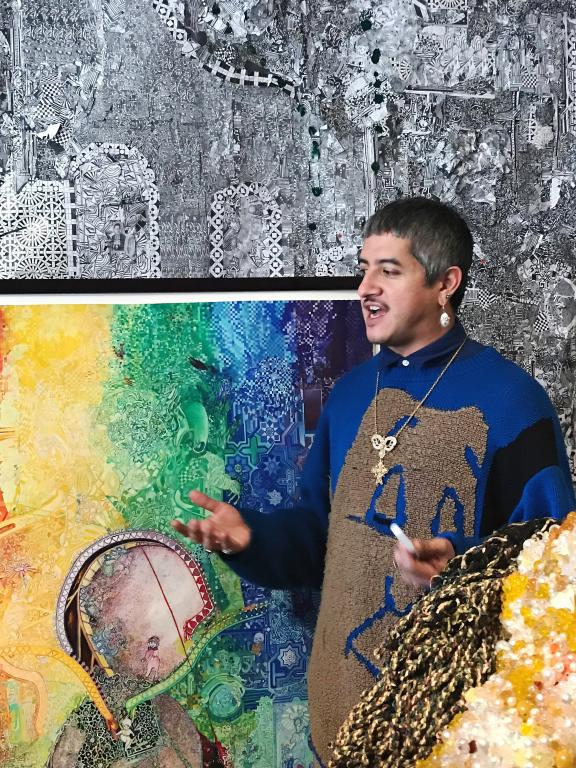
Raúl de Nieves studio visit. Photo: Evergreene Studio.

Raúl de Nieves studio visit. Photo: Evergreene Studio.
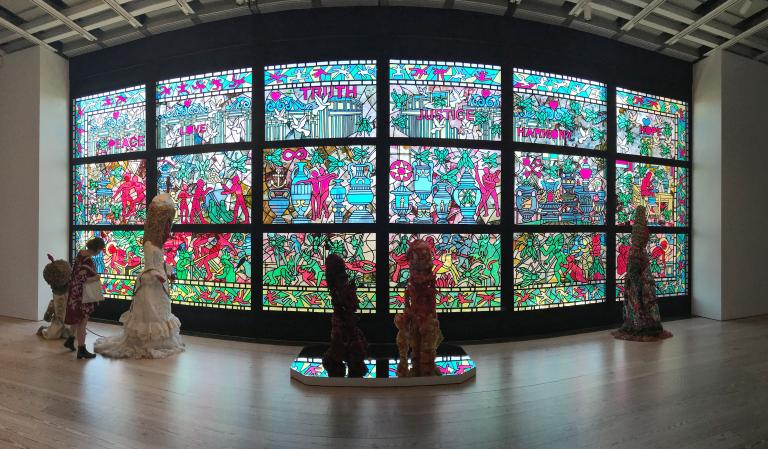
Raúl de Nieves in the 2017 Whitney Biennial. Photo: Evergreene Studio.
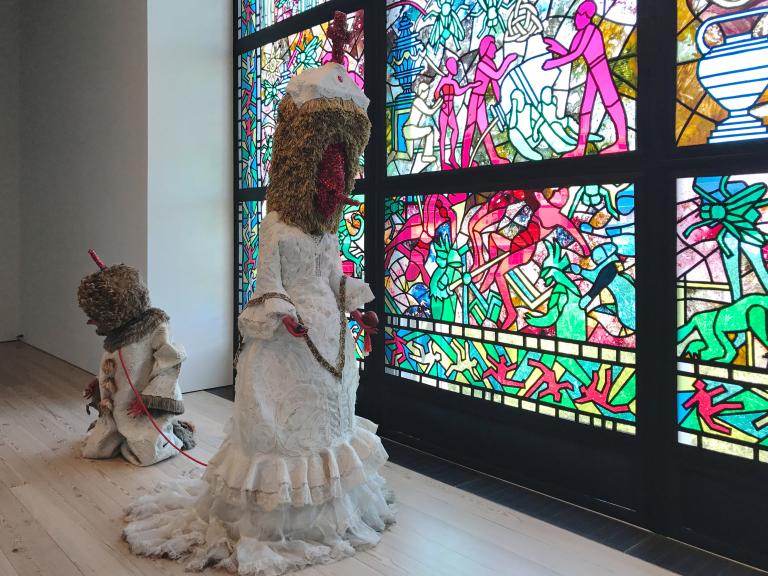
Raúl de Nieves in the 2017 Whitney Biennial. Photo: Evergreene Studio.
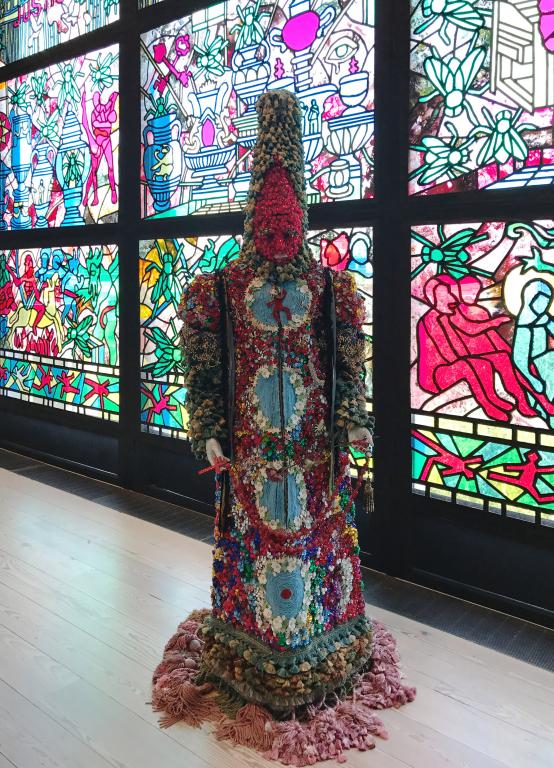
Raúl de Nieves in the 2017 Whitney Biennial. Photo: Evergreene Studio.